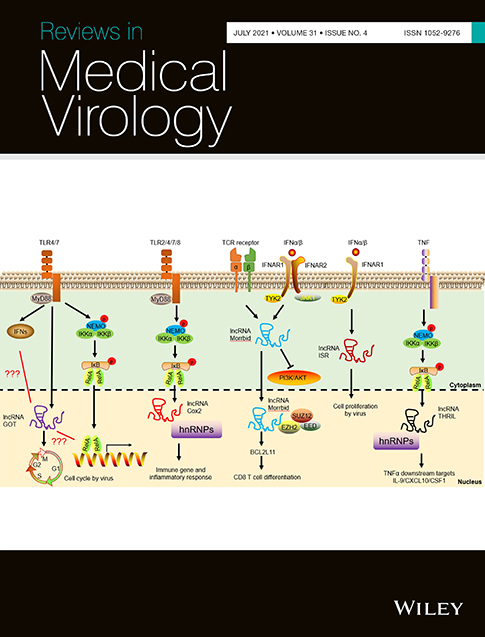Epidemiology of human adenovirus associated with respiratory infection in southern Brazil
Summary
Human adenoviruses (HAdVs) are associated with respiratory infection in the human population worldwide, but HAdV is underreported and less studied than other respiratory viruses. We investigated HAdV in patients with respiratory infection in Rio Grande do Sul (RS), Brazil, between 2004 and 2018. The frequency and seasonality of HAdV, clinical symptoms and underlying diseases were analysed. Respiratory samples from outpatients with acute respiratory illness (ARI) who attended sentinel units and from inpatients with severe acute respiratory infection (SARI) were collected for HAdV detection by immunofluorescence assay; demographic and clinical data were analysed. In total, 43,514 cases of respiratory infection were analysed, of which 8,901 were ARI (20.5%), and 34,613 (79.5%) were SARI. Respiratory viruses were detected in 35.8% of the cases. The frequency of HAdV in relation to respiratory viruses was 2.8%. HAdV circulated year-round, with higher frequency during winter and early spring; increases in the average monthly temperature were associated with decreases in HAdV infections (p = 0.013). Most hospitalized patients with HAdV were male (p = 0.003). HAdV infection showed association with age (p < 0.001), and children between 1 and 5 years old accounted for 30.8% of the outpatients, whereas among cases of SARI, 88.2% were paediatric patients. Among inpatients with HAdV, 3% died, and of these, the majority had at least one underlying condition, such as cardiopathy and immunosuppression. HAdV infection of the respiratory tract causes morbidity and mortality, and individuals with heart diseases and the immunocompromised are at higher risk of fatality.
CONFLICT OF INTEREST
All authors declare no conflicts of interest.




